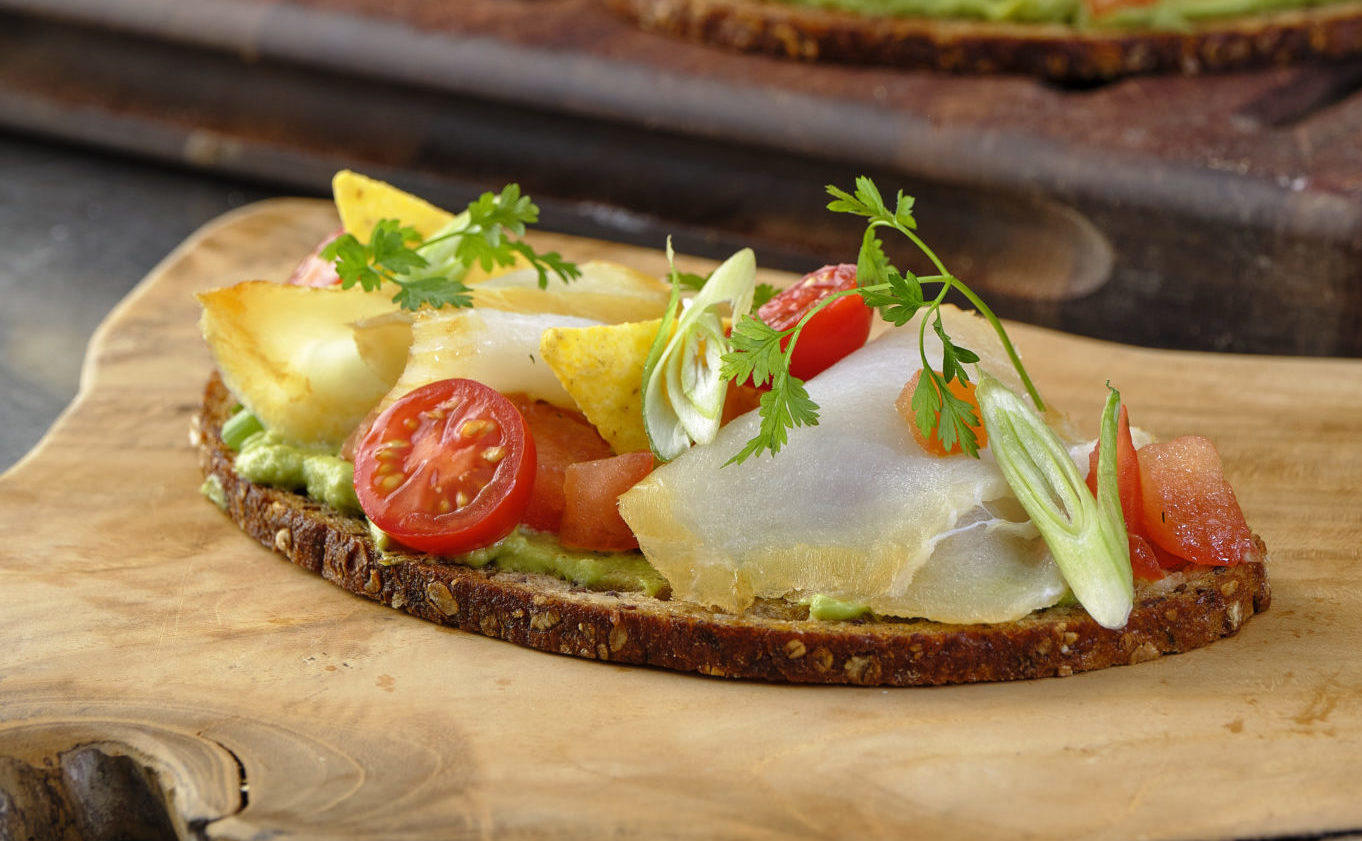Cooperation develops a predictive model to keep seafood safe
Bacteria control in lightly preserved and ready-to-eat seafood is no longer a global challenge following a long collaboration between the seafood company Royal Greenland and the Technical University of Denmark (DTU). Together, they have produced and tested a refined mathematical model for predicting the growth of Listeria monocytogenes and guaranteeing food safety right through shelf life.
Researchers at DTU began developing the model in the early 2000s by taking measurements from smoked salmon and Greenland halibut samples. This included investigating the effect of 12 environmental factors on listeria growth, such as storage temperature, pH, salt, organic acids and smoke content.
Royal Greenland has subsequently tested the model continuously, implementing the findings in daily operations in the smokehouse and other production units that produce prawns in brine and other ready-to-eat seafood.
Software based on the model now makes new product development faster and easier, eliminating the need for lengthy trials. When environmental data is tapped into the software program, the impact on food safety parameters is evaluated in an instant.
In addition to predicting bacteria growth, the research has shown that, when harmless organic acids are added to lower the pH of a product, listeria is unable to grow.
In addition to predicting bacteria growth, the research has shown that, when harmless organic acids are added to lower the ph of a product, listeria is unable to grow
Today the software growth models are available as open source tools and are also verified for use in the global meat and dairy industries.
The project received funding from the Danish Ministry of Food, Agriculture and Fisheries and the Green Development and Demonstration Programme.


